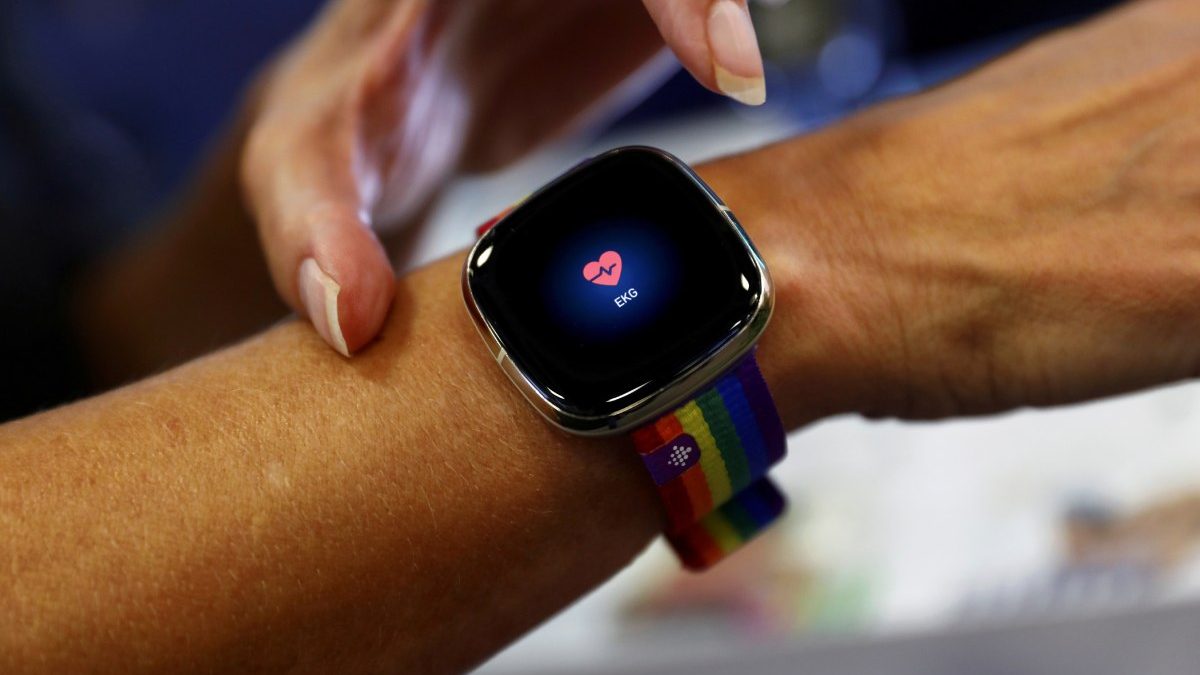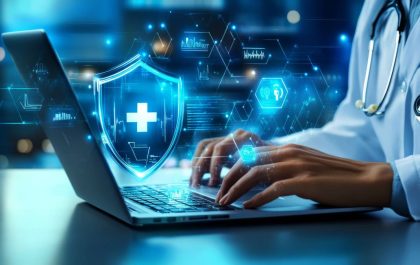In the fast-evolving landscape of personal technology, the intersection of innovation and safety is becoming increasingly prominent. One area where this fusion is making a substantial impact is in the aftermath of car accidents. Smart devices, from wearables to in-car communication systems, are transforming the way we respond to and communicate during emergencies. This article will delve into the realm of emergency tech, exploring how these devices enhance car accident response and communication, ultimately contributing to more effective and efficient emergency services.
Table of Contents
ToggleAutomatic Crash Detection Apps
In the chaotic aftermath of a car accident, time is of the essence. Automatic crash detection apps are emerging as a crucial first line of defense. These apps utilize the built-in sensors of smartphones to detect sudden changes in acceleration indicative of a collision. Some smartphones offer dedicated safety features designed to help users in emergency situations like a crash. Once a crash is detected, the app automatically triggers a series of actions, such as calling emergency services, sending out alerts to predefined contacts, and even providing GPS coordinates to expedite the arrival of first responders.
Companies like Life360 and OnStar have pioneered these automatic crash detection systems. Life360’s Driver Protect feature, for instance, not only detects crashes but also provides emergency response coordination, connecting users directly with emergency services and dispatching assistance promptly. This real-time communication can make a significant difference in the critical moments following an accident, potentially saving lives and minimizing injuries.
In-Car Communication Systems
Modern vehicles equipped with advanced communication systems are changing the game in emergency response. These in-car systems, such as BMW Assist and Ford’s SYNC Emergency Assistance, automatically connect drivers with emergency services after a collision is detected. Beyond automatic crash response, these systems enable two-way communication between the vehicle and emergency operators.
This feature proves invaluable in scenarios where the driver or passengers might be incapacitated or unable to make a call. Emergency operators can assess the situation through the in-car microphone, providing crucial information to first responders en route. Additionally, these systems often relay key details about the crash, such as the severity of impact and the number of occupants, allowing emergency services to prepare and allocate resources accordingly.
Wearable Devices: Personal Health Monitoring in Real Time
The integration of wearable devices into emergency response strategies is transforming the way we monitor personal health during and after a car accident. Smartwatches and fitness trackers with advanced health monitoring capabilities can provide real-time data to both individuals and emergency services.
For instance, wearables like the Apple Watch and Samsung Galaxy Fit include features such as fall detection and heart rate monitoring. In the event of a crash, these devices can detect sudden impacts and abnormal heart rate patterns, automatically triggering alerts and sharing vital health information with emergency responders. This real-time health monitoring can assist paramedics in assessing the severity of injuries before they arrive on the scene, facilitating quicker and more targeted medical interventions.
Integration with Emergency Services
The effectiveness of emergency tech lies not only in individual devices but in their seamless integration with emergency services. Many automatic crash detection apps and in-car communication systems are designed to directly interface with emergency dispatch systems, streamlining the flow of information between the accident scene and first responders.
This integration allows emergency services to receive critical details about the accident promptly, enabling them to make informed decisions about resource allocation and response strategies. It also facilitates better coordination between different agencies, ensuring a more cohesive and efficient approach to handling the aftermath of a car accident.
Challenges and Considerations: Privacy and Reliability
While the benefits of emergency tech are evident, it’s essential to address potential challenges and considerations. Privacy concerns arise as these devices collect and transmit sensitive personal data, raising questions about the secure handling of such information. Striking a balance between providing life-saving functionalities and safeguarding user privacy is a critical aspect that developers and regulators need to address.
Reliability is another factor that needs careful consideration. In certain scenarios, such as remote or low-connectivity areas, reliance on technology for emergency response may face challenges. Developers must ensure that these systems are robust and resilient, capable of functioning effectively under various conditions to guarantee their efficacy in real-world emergency situations.
Navigating Personal Injury Claims with Tech
In the aftermath of a car accident, personal tech is not only transforming emergency response but also aiding individuals in dealing with the complexities of personal injury claims.
Tech-Driven Evidence Documentation
Smartphones and dashcams have become instrumental in documenting evidence crucial for personal injury claims. High-quality cameras on smartphones allow individuals to capture scene details, vehicle damage, and injuries, providing visual records to establish the sequence of events. Dashcams, equipped with incident detection features, offer unbiased accounts of accidents, securely storing footage that can serve as valuable evidence.
Streamlining Legal Processes
Technology extends further by streamlining the legal aspects of personal injury claims. Medical apps assist in organizing and maintaining health records, facilitating the substantiation of injury claims. Teleconsultations allow virtual legal advice, enabling individuals to discuss their case with attorneys conveniently. Digital case management platforms enhance collaboration between clients and legal professionals, ensuring organized documentation, progress tracking, and timely communication.
The integration of personal tech into the legal process empowers individuals, offering efficient ways to document evidence and access legal support. As technology continues to evolve, it stands as a valuable ally for those navigating the aftermath of car accidents and seeking fair compensation through personal injury claims.
A Safer Future with Emergency Tech
The integration of smart devices into car accident response and communication is ushering in a new era of safety and efficiency. From automatic crash-detection apps to in-car communication systems and health-monitoring wearables, these are transforming the way we navigate emergencies on the road. As developers continue to innovate and address challenges, the future holds the promise of even more sophisticated emergency tech, ultimately contributing to safer roads and more effective emergency services. In a world where every second counts, these advancements are proving to be invaluable tools in saving lives and minimizing the impact of car accidents on individuals and communities.
Shashi Teja
Related posts
Hot Topics
Term insurance: why it’s a must-have for young professionals
Beginning a new career is a significant milestone not only in terms of finances but also in terms of responsibilities….
Why Healthcare workers Need Stronger Protections
In recent years, our healthcare system has faced unprecedented challenges, with one disturbing trend standing out: the alarming rise in…



